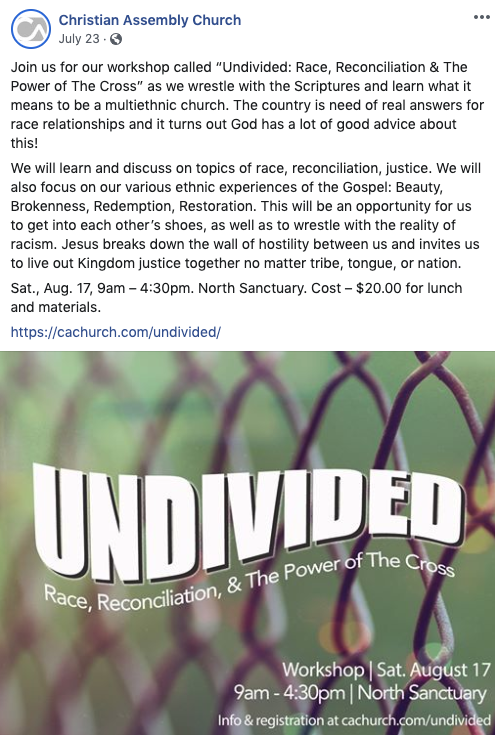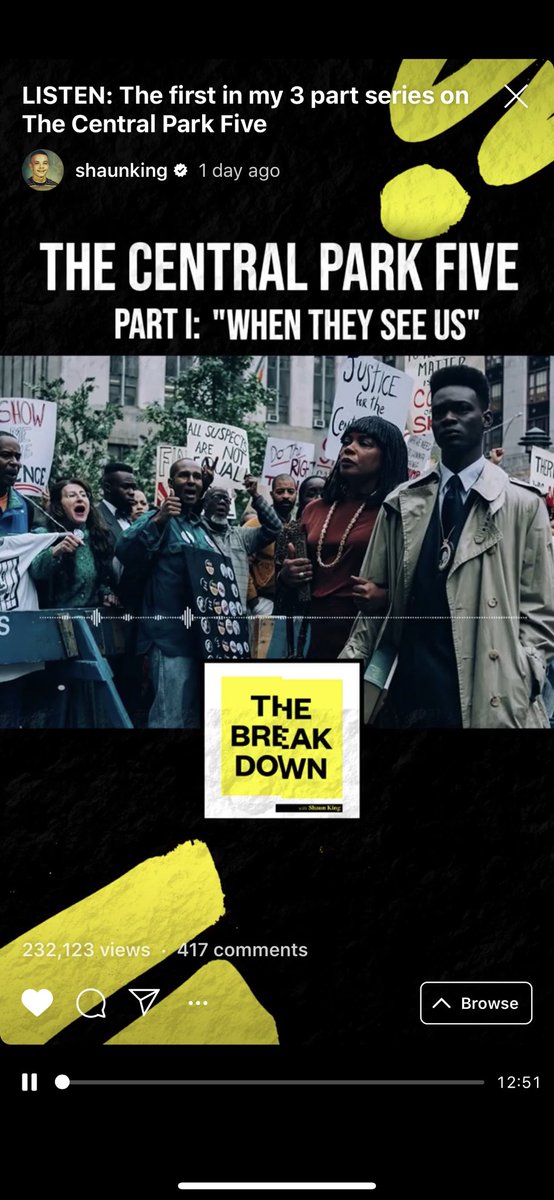the Punch case seems to be the first explicit approval of lifelong servitude—and the first time African and European people were treated differently in the law."
representatives:"
common law to enslave a Christian. Key's victory in the Colonia Court clearly frustrated the ruling elite.
gave white men the ability to basically have intercourse with everyone, but then white women and non-white men could not."
their allegiance."
Remember, enslaved people were counted as 3/5 of
a person for purposes of taxation and representation in Congress.
Nell Irvin Painter (@PainterNell): That comes more clearly with the Naturalization Act of 1790,which says that the only people who can be naturalized are white,& they use the word “white”
11 have sex with whom; and who could own whom.
- @DrIbram - @PainterNell - @dhayes7787 - wish I could follow John Biewin & Suzanne Plihcik - Brilliant & insightful people.
to do our thing, to make our mark, in what we generally like to see as a meritocracy.
giving slave owners sweeping rights to control and even torture the African people they owned, (cont)
overlapping claims…
Deena Hayes-Greene: This was 640 acres at a dollar an acre, was part of that.
landowners.
families of color did benefit, at least temporarily. The Homestead Act helps explain how African Americans came to own fifteen million acres of farmland by the early 20th century.
John Biewen: The FHA changes that, it allows much smaller down payments and the 30 year mortgage we now take for granted.
Bill of Rights.
mindsets. To say that it’s just the way they think that’s responsible for their condition.
businesses. In his book, When Affirmative Action was White, political scientist Ira Katznelson writes that the
lawmakers made sure it would be administered at the local level and would respect the quote-unquote “customs” of Jim Crow. Private mortgage lenders, employers, and trade schools turned away black applicants.
from the GI Bill, the overall effect of the law, Katznelson says, was to vastly widen the wealth and opportunity gaps between white and black Americans.
Hmm? 1618.
merit, not hard work, not meeting the criteria, just being white, the color of your skin. You have access to a loan, you have access to a neighborhood. You can live in this
neighborhood if you’re white.
people? sceneonradio.org/episode-44-whi…








